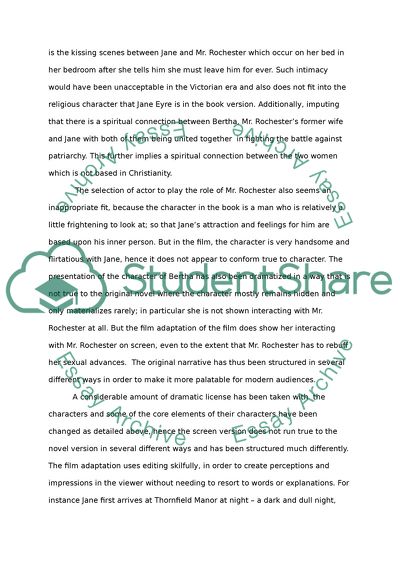Cite this document
(Jane Eyre and Rebecca Case Study Example | Topics and Well Written Essays - 1750 words, n.d.)
Jane Eyre and Rebecca Case Study Example | Topics and Well Written Essays - 1750 words. Retrieved from https://studentshare.org/visual-arts-film-studies/1736637-jane-eyre-rebecca-cinematic-adaptations
Jane Eyre and Rebecca Case Study Example | Topics and Well Written Essays - 1750 words. Retrieved from https://studentshare.org/visual-arts-film-studies/1736637-jane-eyre-rebecca-cinematic-adaptations
(Jane Eyre and Rebecca Case Study Example | Topics and Well Written Essays - 1750 Words)
Jane Eyre and Rebecca Case Study Example | Topics and Well Written Essays - 1750 Words. https://studentshare.org/visual-arts-film-studies/1736637-jane-eyre-rebecca-cinematic-adaptations.
Jane Eyre and Rebecca Case Study Example | Topics and Well Written Essays - 1750 Words. https://studentshare.org/visual-arts-film-studies/1736637-jane-eyre-rebecca-cinematic-adaptations.
“Jane Eyre and Rebecca Case Study Example | Topics and Well Written Essays - 1750 Words”. https://studentshare.org/visual-arts-film-studies/1736637-jane-eyre-rebecca-cinematic-adaptations.


